Product qualities – what are our different decoflair profiles made of?
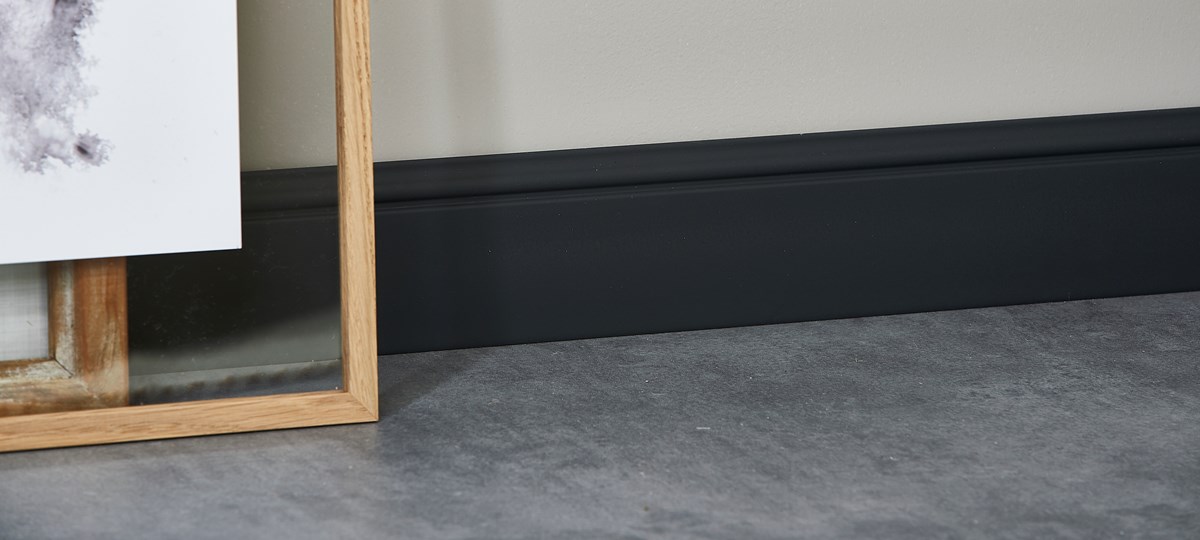
You might not yet know this, but our decoflair products come in four different qualities or types of materials. Why is this the case you might wonder and how do these qualities differ exactly?
Well, in this article we’ll take the time to answer those questions to ultimately understand what makes each decoflair product so suited to its intended use.
1. Polyurethane (PU) – products beginning with M or F
Polyurethane (PU) foam allows us to make products with intricate designs and high levels of detail. These products are manufactured by means of a foaming process where a multi-component foam is injected into shaped aluminium moulds forming high density polyurethane decorative elements. Our products made from polyurethane are resistant to impacts and can be installed in damp rooms such as kitchens or bathrooms as long as they don’t come into regular, direct contact with water. Our polyurethane products are also primed meaning they are ready to be painted in the colour of your choosing.
Here's an example of a decoflair product made from polyurethane foam : F19 chair rails.
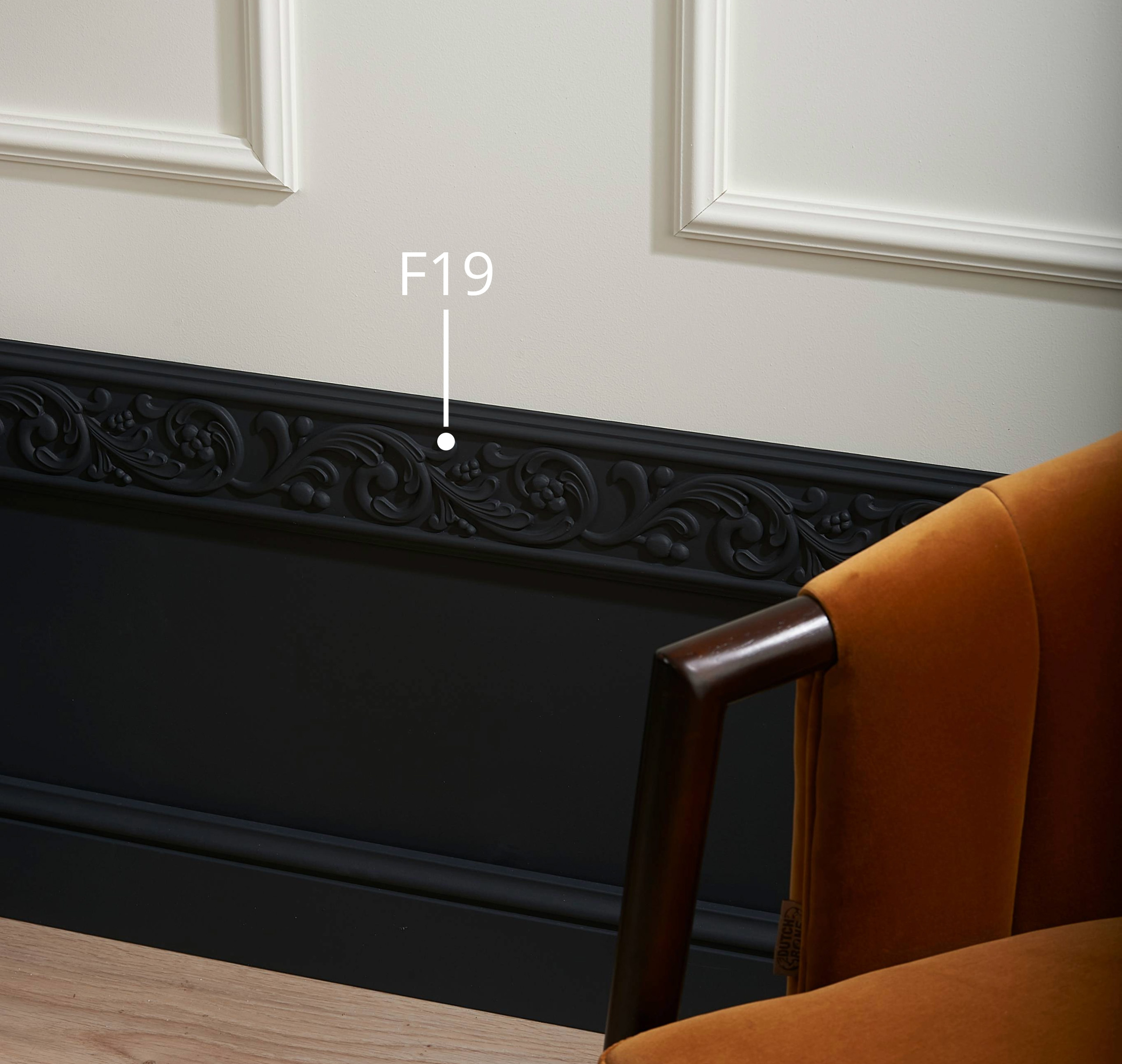.jpg)
2. High-density polystyrene (HDPS) – products beginning with C
Products made from high-density polystyrene (HDPS) are the most shock resistant within our range. This quality is ideal for impact-prone profiles such as skirtings or chair rails. What’s more is they are 100% waterproof and can be therefore installed in all types of rooms. These products are manufactured via an extrusion process. This means the material (polystyrene) is pressed through a shaped mould—just like pasta dough through a pasta maker—to form long, smooth, uniform profiles.
Here’s an example of a decoflair product made from high-density polystyrene : C3 skirtings.
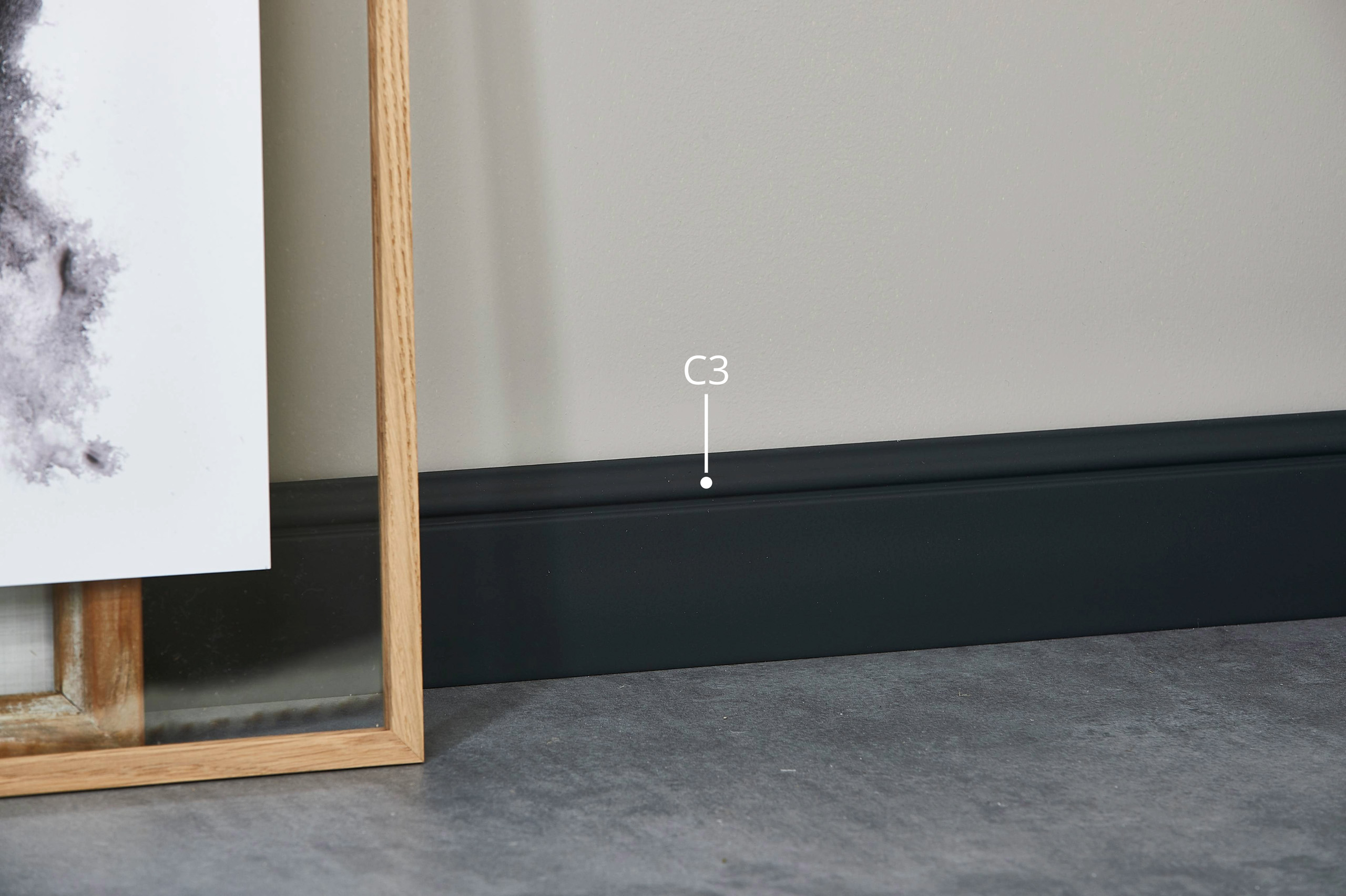.jpg)
3. Polystyrene (PS) – products beginning with D
These polystyrene (PS) profiles are extruded at a lower density than HDPS mouldings which means they are less dense, so less resistant to impacts but therefore lighter, easier to cut and manufactured using less raw materials. These products have nonetheless a smooth and lasting finish and this material is actually ideal for products that are less exposed to potential impacts such as cornices. Polystyrene profiles are also 100% waterproof.
Here's an example of a decoflair product made from polystyrene : D10 cornices.
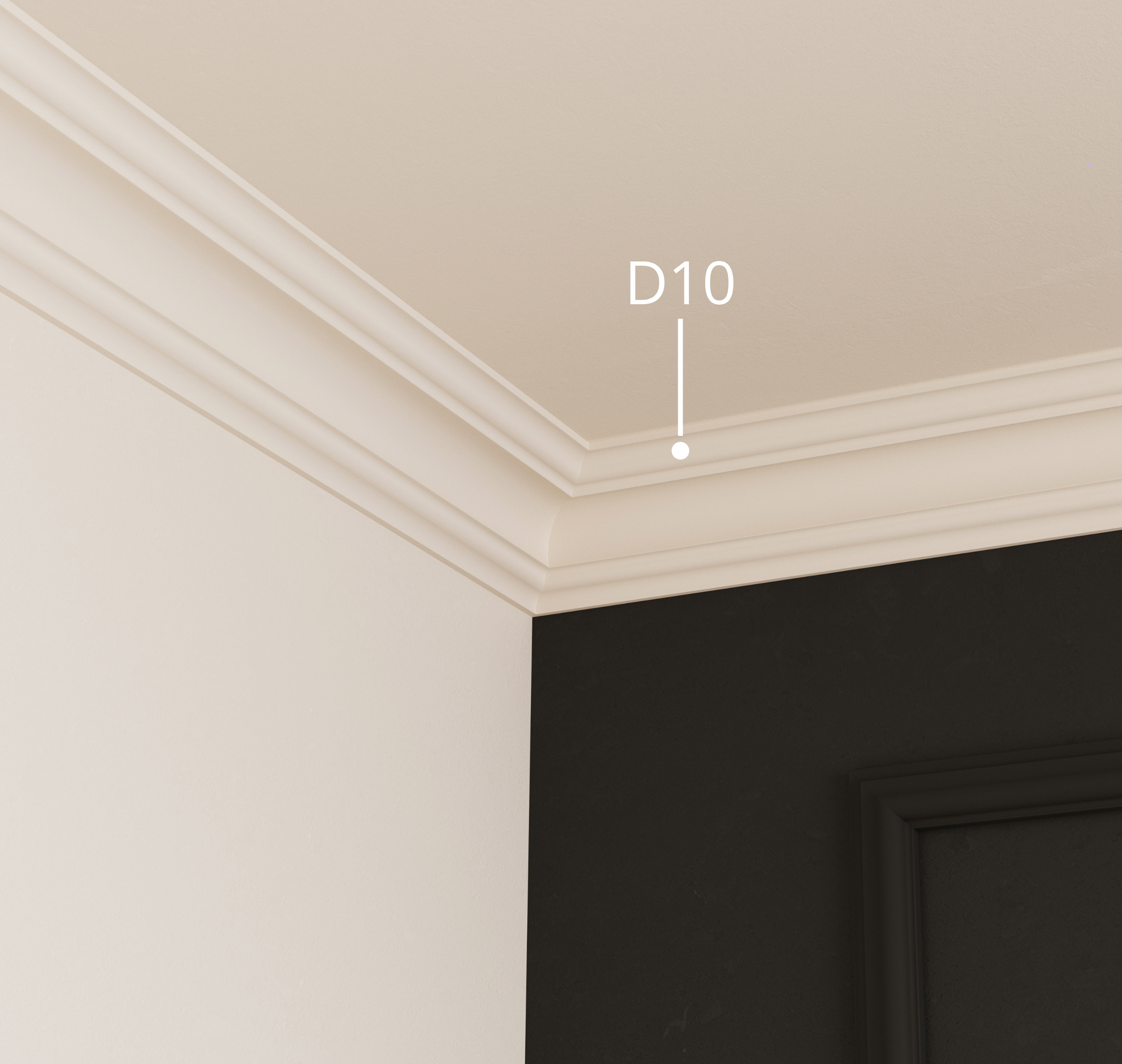.jpg)
4. Expanded polystyrene (EPS) – products beginning with B, E or T
By processing polystyrene through expansion (here, the material is foamed or “baked” in moulds) rather than extrusion, expanded polystyrene (EPS) gives us the possibility to create intricate, detailed elements, similarly to a PU foaming process (see above). EPS mouldings however will be much less resistant to impacts than PU ones but will come at a much lower cost to accommodate all kinds of budgets. These products are also especially light, easy to cut and install as well as being 100% waterproof.
Here’s an example of a decoflair product made from expanded polystyrene: B16 ceiling roses.
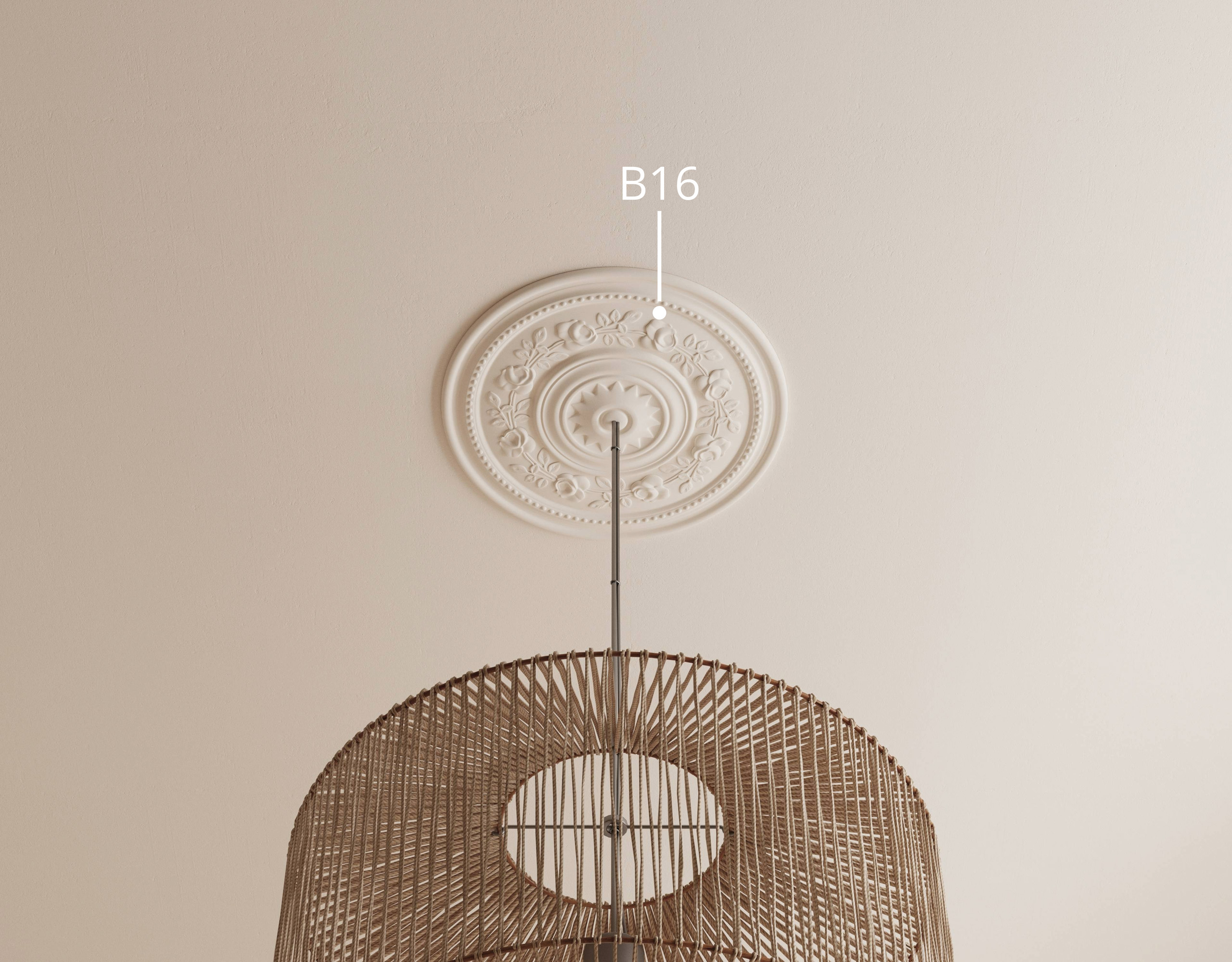.jpg)
For a perfect finish of all decoflair products, regardless of product quality, we strongly recommend you paint them.
Here’s a table giving you a quick recap of the most important things to know about our product qualities.
|
|
Shock Resistance |
Resistance to humidity |
Levels of detail (3D) |
Price |
|
Polyurethane (PU) |
++ |
+ |
++++ |
++++ |
|
High density polystyrene (HDPS) |
+++ |
+++ |
++ |
+++ |
|
Polystyrene (PS) |
+ |
+++ |
++ |
++ |
|
Expanded polystyrene (EPS) |
+ |
+++ |
+++ |
+ |
If you need more specific information regarding our different product qualities, you can also check out our technical datasheets in the “installation” section of our website.